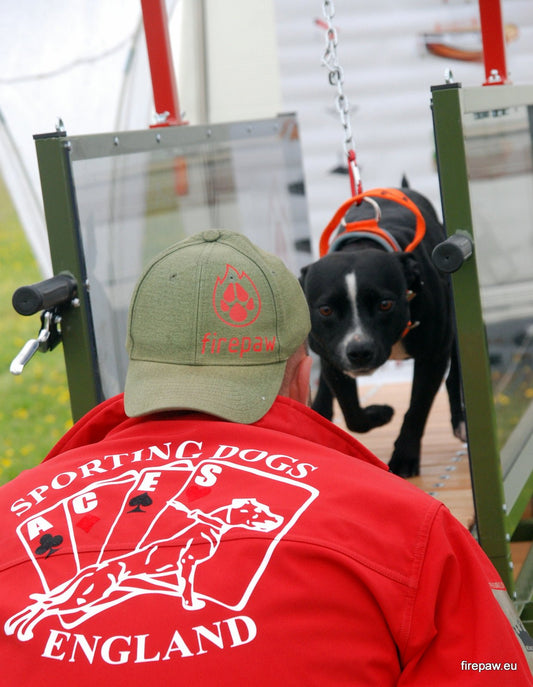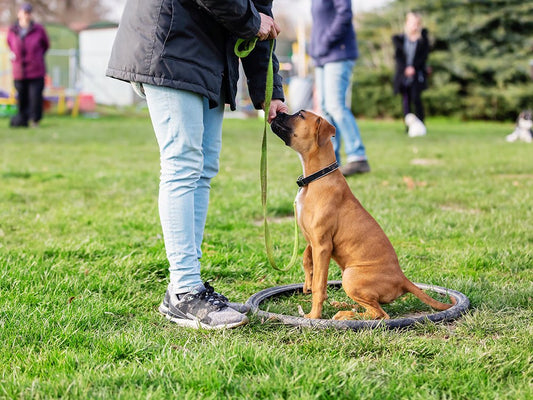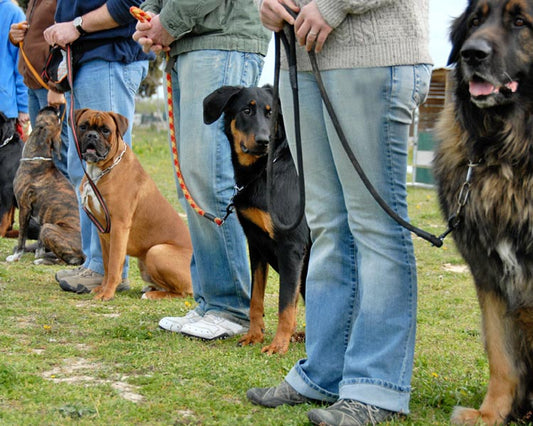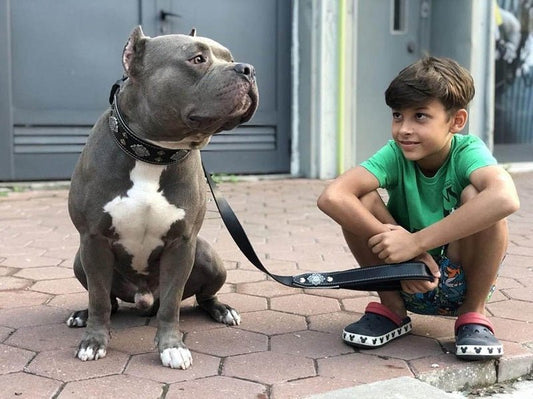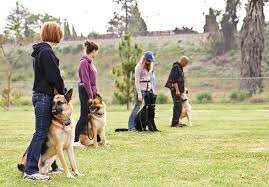
Obedience Dog Training: Intermediate Level
Intermediate Dog Training: Moving Beyond Basic Commands
by Bestia Dog Sport | Feb 21, 2024
Once your dog has mastered basic commands in an obedience class, you might consider exploring intermediate dog training. This level is particularly beneficial for high-energy dogs or those eager to engage in more challenging tasks. Not only will these new skills entertain your dog, but they'll also help manage their excess energy and prevent boredom.
If commands like "sit" and "come" are too basic for your dog now, it’s time to raise the bar. The team at Bestia Dog Sport is ready to introduce you and your dog to the exciting world of intermediate training.
Intermediate Training Essentials
While it doesn't match the intensity of a K9 police academy, intermediate training lays the groundwork for more complex skills and prepares your dog for adventures in varied settings like hikes and park visits.
The process begins with ensuring that your dog reliably follows every command they know.
Many owners start this stage using leashes of different lengths, gradually increasing the distance as their dog consistently obeys. Eventually, starting in a fenced area and progressing to more open spaces, you’ll be able to trust your dog off-leash.
Distance Training
As you advance in training, you'll naturally progress to teaching commands from a distance. A command like "drop it" might not grab your dog's attention from 100 yards away as it would up closer. That's why practicing commands at increasing distances is crucial for successful off-leash control.
Start by practicing on a long leash, introducing commands at a distance, and then transition to off-leash training. As your dog becomes proficient, you can introduce more commands and increase complexity.
Hand Signal Training
Dogs primarily interpret our words as sounds, so using hand signals can be an effective way to communicate more nuanced commands. This method not only enhances understanding but also strengthens the bond between you and your dog.
To integrate hand signals, start with simple gestures, like:
- An open palm facing downward for "sit"
- A downward-facing palm with your arm bent in an "L" shape for "down"
- Crossing an arm across your chest to signal "come"
Be consistent and creative with the hand signals you use, ensuring you pair each with its verbal command until your dog makes the connection.
Trick Training
Advancing your dog’s skills through trick training offers mental stimulation and physical exercise. Some fun tricks to consider include:
- Teaching your dog to ring a bell when they need to go outside
- Introducing various agility tasks such as jumping through hoops or navigating obstacles
- Training your dog to identify and go to a specific spot marked on the ground
- Teaching names of foods, favorite toys, or family members
Expanding Intermediate Training
If your dog excels in training and is keen to learn more, intermediate training opens up a myriad of possibilities. For instance, you might consider pet therapy training, which allows you and your dog to visit healthcare facilities to brighten the days of patients.
Whatever training path you choose, remember that Bestia Dog Sport is here to support you and your dog every step of the way.
